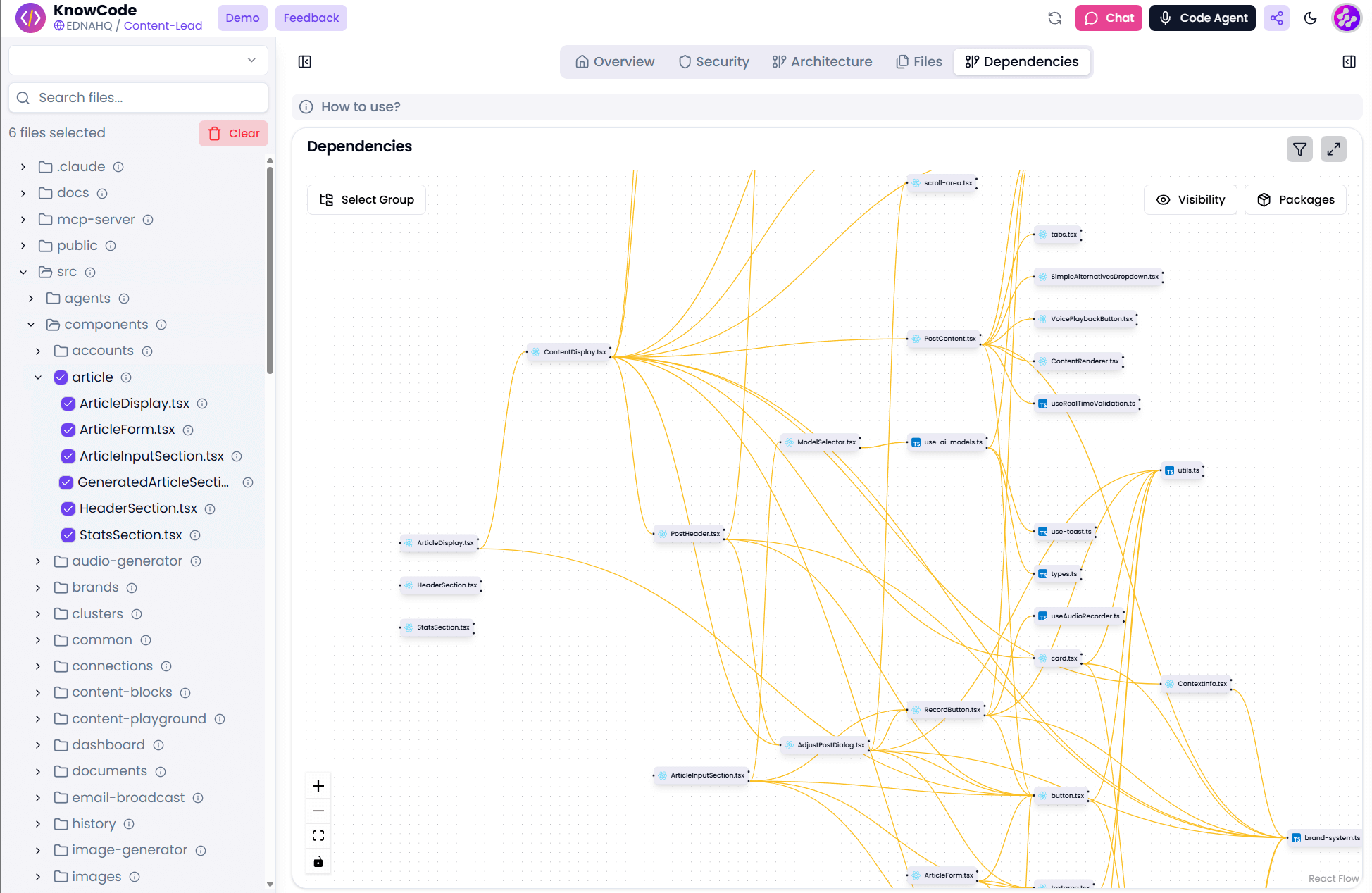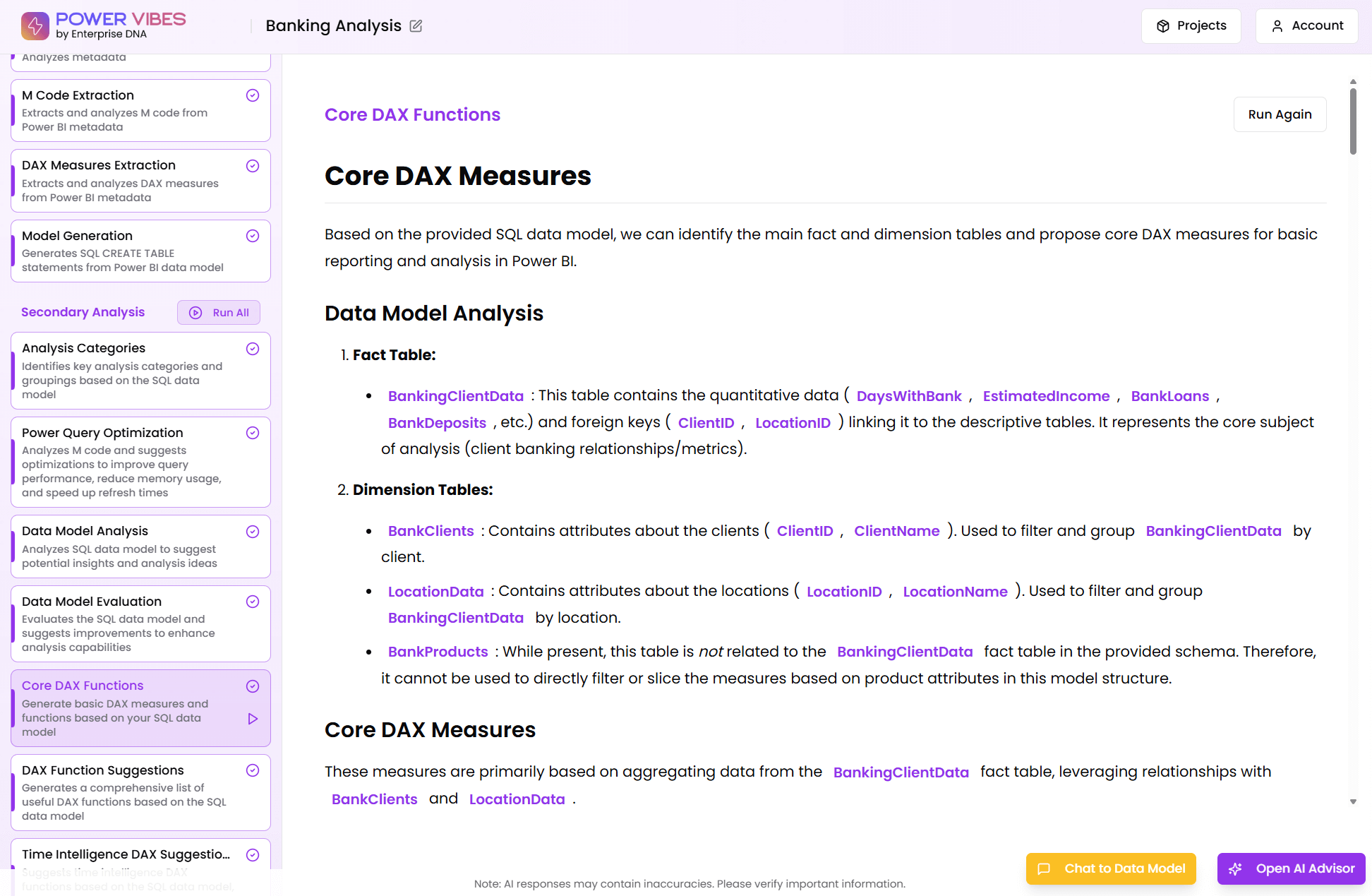DAX Function Guide
DISTINCTCOUNT
Sam McKay
CEO & Founder
How does the DISTINCTCOUNT work?
DISTINCTCOUNT Formula Syntax
DISTINCTCOUNT(
<column>
)
How do you use the DISTINCTCOUNT?
The DISTINCTCOUNT function is used to disregard duplicated customer IDs, so it counts the number of individual customers that each product has.
Related Blog Posts
Loading
Considerations when using the DISTINCTCOUNT?
The only argument allowed to this function is a column. You can use columns containing any type of data. When the function finds no rows to count, it returns a BLANK, otherwise it returns the count of distinct values.
DISTINCTCOUNT function includes the BLANK value. To skip the BLANK value, use the DISTINCTCOUNTNOBLANK function.
Related Video Tutorials
Loading
Formula examples using the DISTINCTCOUNT
=DISTINCTCOUNT(ResellerSales_USD[SalesOrderNumber]) “`dax Using the above measure in a table with calendar year in the side and product category on top gives the following results: |Distinct Reseller Orders count|Column Labels|||||| |-|-|-|-|-|-|-| |Row Labels|Accessories|Bikes|Clothing|Components||Grand Total| |2005|135|345|242|205||366| |2006|356|850|644|702||1015| |2007|531|1234|963|1138||1521| |2008|293|724|561|601||894| ||||||1|1| |Grand Total|1315|3153|2410|2646|1|3797| In the above example, note that the rows Grand Total numbers do not add up, this happens because the same order might contain line items, in the same order, from different product categories.
= DISTINCTCOUNT (Sales[Account])
= CALCULATE(DISTINCTCOUNT(‘Net Revenue Data'[Publisher Name]),FILTER(‘Net Revenue Data’,’Net Revenue Data'[Active Month]=1))
Related Courses
Loading










